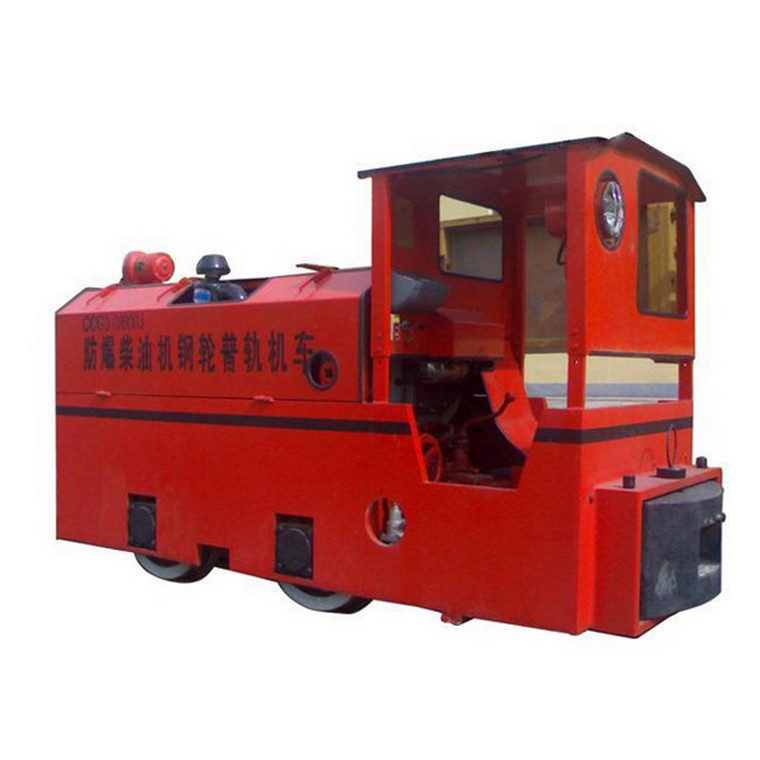Reasons For The Occurrence Of Overcurrent Of Variable Frequency Electric Locomotive
Date:2020-11-26 Label:
Electric Locomotive
Locomotive
Underground Mining Locomotive
Frequency conversion electric locomotive: The reason for the occurrence of overcurrent roughly comes from the following aspects:
1. The electric idea encounters a shock load, or the transmission idea structure has "stuck" signs, causing a sudden increase in electric locomotive current.

2. The output side of the inverter is short-circuited. For example, the connection between the output terminal and the electric idea is short-circuited, or the electric idea is short-circuited.
3. The inverter itself is abnormal. For example, the two inverter devices of the unified bridge arm of the inverter bridge are abnormal in the course of continuous alternation.

For example, due to the high temperature of the situation, or the aging of the inverter device itself, the parameters of the inverter device will change, resulting in that in the alternate process, one device has been turned on, while the other device will have time to turn off. It causes the "through" of the upper and lower devices of the same bridge arm, and makes the positive and negative electrodes of the DC voltage in a short-circuit state.
Overcurrent during speed-up underground mining locomotive When the inertia of the load is large and the speed-up time is set too short, it means that during the speed-up process, the working efficiency of the inverter rises too fast, and the synchronous speed of the electric idea rises rapidly. However, the rotating speed of the electric motor rotor cannot keep up due to the large load inertia, and the effect is that the speed-up current is too large. Overcurrent during speed reduction When the inertia of the load is large and the speed reduction time is set too short, overcurrent will also be caused. Because the deceleration time is too short, the synchronous speed drops rapidly, and the electric motor rotor still maintains a high speed due to the large inertia of the load. At this time, it can also be because the rotor winding cuts the magnetic field lines at a too high rate and overcurrent occurs.
The overcurrent handling underground mining locomotive method trips as soon as the speed increases when starting. This is a very serious sign of overcurrent. The main check: whether the working machinery is stuck; whether there is a short circuit on the load side, check whether there is a short circuit to the ground with a megger; Whether the power module of the motor is damaged; the starting torque of the motor is too small, and the drive system cannot be turned. It does not trip immediately when starting, but trips in the course of operation. The main check: the speed-up time setting is too short, and the acceleration time is increased; the deceleration time setting is too short, and the deceleration time is increased; torque compensation (U/f ratio) setting If it is too large, it will cause excessive no-load current at low frequency: the electronic thermal relay is not properly set, and the action current is set too small, causing the inverter to malfunction.